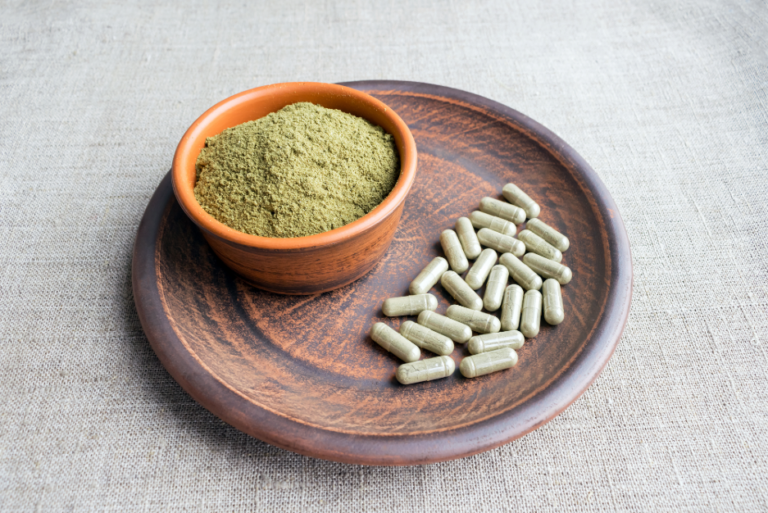Indonesia, the world’s leading supplier of kratom, faces a pivotal era as global demand surges and regulations evolve. By 2025, the industry is projected to exceed $2 billion, driven by innovation, sustainability, and shifting legal landscapes. For stakeholders like NusantaraKratom—a trailblazer in ethical kratom trade—the coming years promise both opportunities and challenges. Here’s what to expect.

1. Legal Landscape: Tighter Regulations & Global Compliance
Indonesia’s government has long balanced kratom’s economic value with domestic caution. By 2025, expect:
- Stricter Export Controls: Enhanced Export regulation including three documents Registered Kratom Exporter, Export Approval and Surveyor Report to meet international safety standards.
- Domestic Policy Reviews: Debates on local consumption may lead to regulated medicinal use, mirroring global trends.
- Global Legal Shifts: While the U.S. and Europe may adopt clearer guidelines, bans in countries like Australia could tighten.
How NusantaraKratom Adapts: As a registered Kratom Exporter and Lab certified supplier, they’re ahead of compliance curves, offering lab-tested products with full export documentation.
2. Market Opportunities: Innovation & Diversification
The kratom market will diversify beyond raw powder. Key 2025 trends include:
- Premium Products: Enhanced extracts, powders, and flavored blends targeting wellness niches.
- Niche Markets: Focus on organic, vegan, or fair-trade certifications to appeal to conscious consumers.
- Digital Expansion: E-commerce platforms and subscription models will dominate sales, especially in North America and Europe.
3. Sustainability: The Green Kratom Movement
Environmental concerns will drive demand for sustainable practices:
- Agroforestry Adoption: Farms integrating kratom with native crops to prevent deforestation.
- Carbon-Neutral Initiatives: Suppliers offsetting emissions via reforestation.
- Circular Economy: Biodegradable packaging and zero-waste processing.
4. Challenges: Quality Control & Global Scrutiny
Risks loom despite growth:
- Contamination Fears: Unregulated vendors may flood markets with adulterated products.
- Geopolitical Tensions: Export bans or tariffs in key markets like the U.S. could disrupt trade.
- Misinformation: Persistent myths about kratom’s safety may hinder acceptance.
NusantaraKratom’s Solution: Rigorous third-party testing and transparent batch tracking via their online portal.
5. Economic Impact: Empowering Rural Indonesia
By 2025, kratom could uplift over 100,000 Indonesian families through:
- Fair-Trade Wages: Ethical suppliers like NusantaraKratom pay 30% above market rates.
- Community Investment: Profits funding schools, clinics, and clean water projects in farming villages.
- Women’s Empowerment: Training programs for female farmers to lead agroforestry initiatives.
The future of Indonesian kratom hinges on balancing growth with responsibility. For NusantaraKratom, leadership means pioneering sustainability, compliance, and innovation. As 2025 approaches, their commitment to quality and ethics not only safeguards Indonesia’s “green gold” but also sets a global benchmark. Stakeholders who align with such values will thrive in this dynamic landscape.





